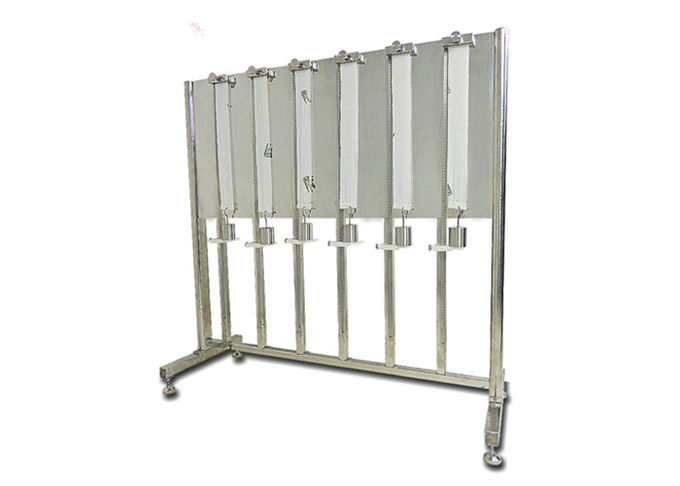Site: Home > Home > News and events
ASTM International, formerly known as the American Society for Testing and Materials, is an organization that develops and publishes technical standards for a wide range of materials, products, systems, and services. ASTM specifications for materials provide guidelines and requirements for the composition, physical properties, performance, and testing of various materials. Here are a few examples of ASTM specifications for commonly used materials:
1. ASTM A36/A36M: Standard Specification for Carbon Structural Steel - This specification covers carbon steel shapes, plates, and bars used for general structural purposes. It specifies the chemical composition, mechanical properties, and other requirements for carbon steel.

2. ASTM A240/A240M: Standard Specification for Chromium and Chromium-Nickel Stainless Steel Plate, Sheet, and Strip for Pressure Vessels and for General Applications - This specification covers stainless steel plates, sheets, and strips used for pressure vessels and general applications. It provides requirements for chemical composition, mechanical properties, dimensions, and testing methods.
3. ASTM D638: Standard Test Method for Tensile Properties of Plastics - This test method measures the tensile properties of plastic materials, including their ultimate tensile strength, elongation at break, and modulus. It outlines the testing procedure and specimen preparation for conducting tensile tests on plastic materials.
4. ASTM C33/C33M: Standard Specification for Concrete Aggregates - This specification covers the requirements for aggregates used in concrete construction. It specifies the grading, quality, and physical properties of aggregates, such as coarse aggregates and fine aggregates.
5. ASTM D790: Standard Test Methods for Flexural Properties of Unreinforced and Reinforced Plastics and Electrical Insulating Materials - This standard provides test methods for determining the flexural properties of plastics and electrical insulating materials. It includes procedures for measuring flexural strength, flexural modulus, and other related properties.
These are just a few examples of the numerous ASTM specifications available for different materials. It's important to note that each material and product category may have multiple ASTM specifications, and the specific application and requirements will determine which specification is applicable. For accurate and up-to-date information, it is recommended to refer directly to the relevant ASTM standard for the specific material of interest.
Copyright 2022:Qinsun Instruments Co., Limited
High-end textile tester supplier Email:info@qinsun-lab.com | Textile Testing Equipment pdf | Tel:021-67800179 |